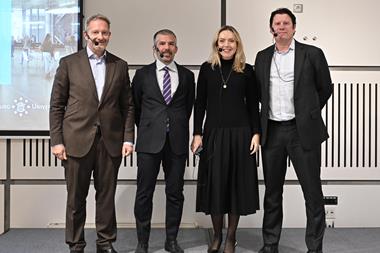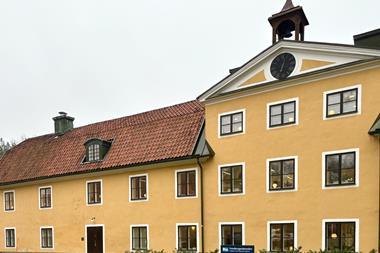NETHERLANDS - The Actuarial Society's new longevity figures, which will be presented officially on Monday, will be worse for Dutch pension funds than initially assumed, according to consultancy Hewitt Associates.
Leaked figures initially suggested pension funds were facing a further liability increase of 2% - on top of the 4.5% already predicted by Statistics Netherlands.
But Hewitt estimated the increased longevity would cost an additional 2.5%, according to consultant Arnold Jager.
He said this would imply rights cuts of 3-16% at the 14 pension funds that need to bring forward additional measures against shortfalls, rather than 1-14% suggested by social affairs minister Piet Hein Donner.
Taking the Actuarial Society's figures into account, Hewitt placed the coverage ratio of the average Dutch pension fund at 94%.
Jager said the Actuarial Society survey also showed the upward longevity trend would continue for several years, but that the rise would not be linear.
"Therefore," he said, "it is possible the longevity figures will already need adjusting next year."
Because life expectancy at 65 shows a seven-year difference between the highly educated and the lowly educated, pension funds could save a great deal if they were to screen participants for this criterion, Jager said.
Hewitt also said rising life expectancy would make the risk insurance of a longevity swap - as an alternative for a traditional guarantee contract with an insurer - much cheaper.
Under a longevity swap, a pension fund must pay the provider - usually a merchant bank that has re-insured its risk - a fixed benefit.
The provider must in turn pay the pension fund the actual future benefits, irrespective of a pensioner's lifespan.
But Jager stressed that this kind of hedge also incurred costs that would affect a scheme's funding ratio for the short term.
He added that pension funds were reluctant to commit themselves to longevity swaps at the moment.
The Actuarial Society was unavailable for comment.












No comments yet